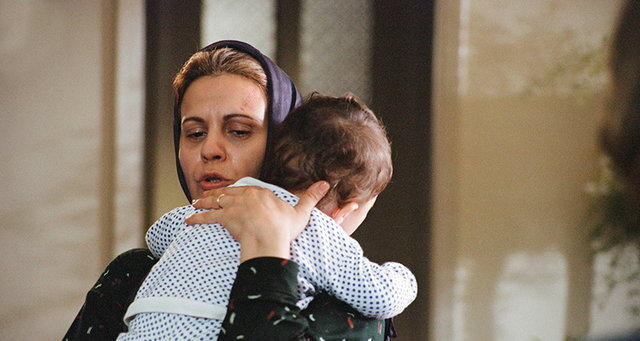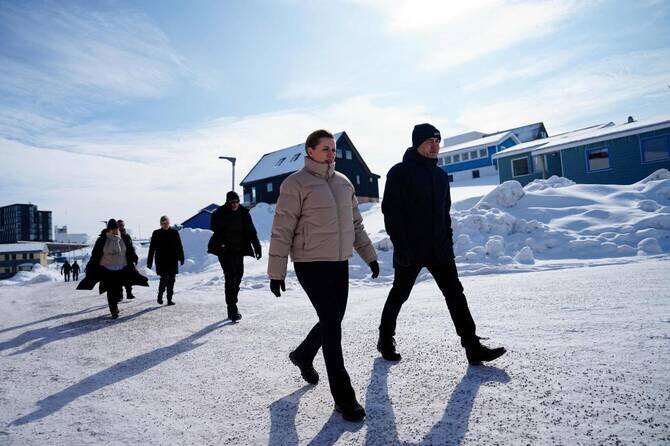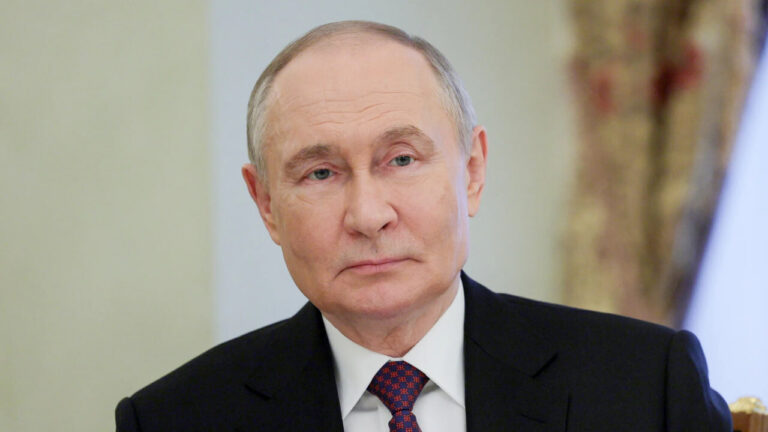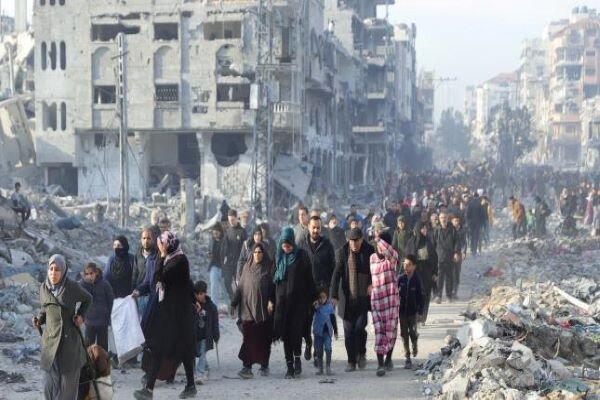Exploring Nakba: Inspiring Cinematic Tales of Displacement and Resilience
Since its recognition by the United Nations in 1948, the state of Israel has been at the center of a complex and tragic narrative that involves the land seizure and displacement of Palestinian people. This ongoing catastrophe, known as the Nakba, has inspired a wealth of literature, art, and film aimed at preserving the memory and raising awareness about the Palestinian struggle. Understanding the profound impact of these events is crucial for comprehending the historical context of the region.
Many individuals mistakenly believe that the Palestinian tragedy began with recent escalations, such as those on October 7, 2023. However, the roots of this suffering date back to 1948, marking a pivotal moment of dispossession and exile that has fueled decades of resistance and resilience among Palestinians. Despite numerous media outlets addressing this tumultuous history, art and storytelling often provide a deeper emotional connection, evoking feelings and reflections that standard news reports fail to capture.
In this landscape, films—particularly narrative cinema—play a vital role in humanizing historical events. They create emotional connections, offering viewers a visceral experience of loss, displacement, and hope. However, it is surprising to note that few films directly address the Palestinian Nakba. Most notable works emerge from outside Palestine, primarily due to restrictions, censorship, and the complex political environment that hinders filming within the occupied territories.
Among the rare cinematic representations of this experience is Iranian director Seifollah Dad’s 1995 film, The Survivor, which stands out as a poignant portrayal of the Palestinian narrative. The film vividly illustrates the emotional and human toll of displacement, making the suffering accessible and personal.
The Survivor is particularly significant as one of the few films explicitly focused on the Nakba. It tells a deeply personal story that centers on the emotional scars and memories of Palestinians who lived through the catastrophe. What makes this film compelling is its approach to art and storytelling as acts of remembrance. It serves as a form of resistance, preserving the memory of the Nakba in an era where mainstream Western media often overlooks or marginalizes this crucial history.
This film transcends being a mere documentary; it is an artistic endeavor that aims to humanize the abstract concept of displacement. It highlights how art and literature are essential tools for memorializing struggles, fostering collective identity, and ensuring that the stories of displaced individuals are not forgotten.
The narrative of The Survivor is adapted from Palestinian author Ghassan Kanafani’s novel Returning to Haifa. The story unfolds against the backdrop of the 1948 events when Zionist militias, led by figures like Shimon (a character representing Israeli military authority), began their campaign of forcibly evicting Palestinian residents from their homes.
Key points of the narrative include:
- A Palestinian doctor, his wife, and their newborn son, Farhan, are at the center of the story.
- As violence escalates, the family struggles to remain together amid the chaos.
- The wife and husband are killed by Zionist forces, leaving their young son captured and handed over to an Israeli couple.
- The mother takes a job as a nanny in the home of her son’s captors, while the father forms a resistance group against the occupiers.
The climax of the film presents a powerful scene where the doctor’s mother, symbolizing the homeland, sacrifices herself to save Farhan, representing hope and renewal. This moment encapsulates the broader themes of resilience and resistance against the backdrop of occupation.
Dad’s The Survivor masterfully conveys the ongoing tragedy of Palestine, not through visual spectacle, but by profoundly imprinting the narrative in the viewer’s mind. The film symbolizes the loss of the educated doctor’s role in society, illustrating how occupation transforms individuals into helpless figures. Yet, the enduring presence of the doctor’s mother and Farhan serves as a reminder of homeland and hope.
Through its symbolic imagery, the director powerfully communicates the suffering inflicted upon the oppressed Palestinians. The film emphasizes that despite the bloodshed and suffering caused by Zionist forces, the spirit of homeland and hope remains unbroken. The narrative becomes an allegory of resilience, asserting that no matter how brutal the occupation may be, the essence of homeland and hope persists.
In capturing a moment of catastrophe, The Survivor presents this history not just as a past event, but as a living tragedy. The haunting imagery and emotional depth stem from its focus on individual stories amid broader historical violence. It underscores the pain of loss, displacement, and identity erasure—emotions that continue to define Palestinian memory and resistance.
Wider implications of The Survivor illustrate how art and cinema serve as crucial avenues for remembrance and activism. Major international outlets often overlook or marginalize the Palestinian narrative due to political pressures. Films like The Survivor challenge this silence, voicing the Palestinian experience and preserving its memory for future generations. The film emerges as a form of resistance, a language of mourning, and a call for justice.
Photo: A scene from Iranian director Seifollah Dad’s 1995 movie The Survivor






